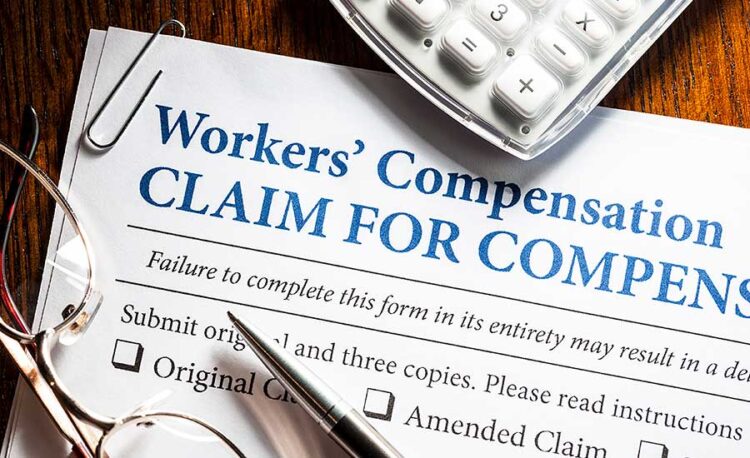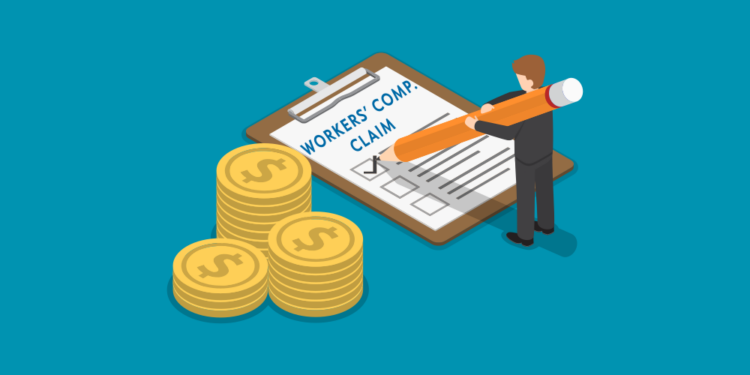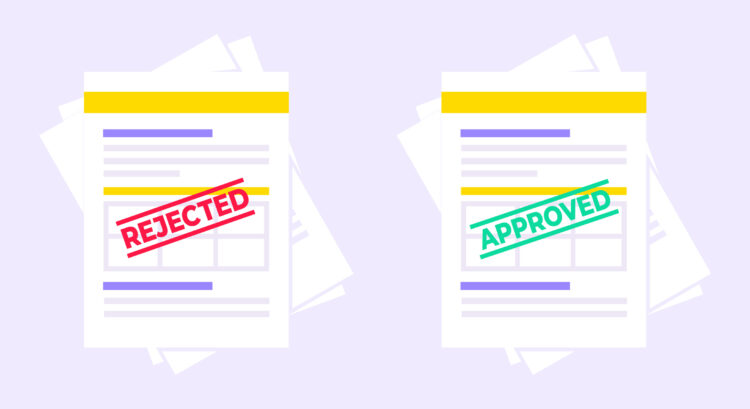Employers should have workers’ comp insurance to cover injuries sustained. The workers’ comp is a no-fault system, and an employee does not have to prove fault. However, this does not mean the benefits are automatic.
The workers’ comp claim process varies by state. Without the right guidance, the process can be overwhelming as there are deadlines, factors, and steps you should follow.
If you are interested, continue reading the article below to better understand the workers’ comp claim process and how it works.
Page Contents
What Workers Comp Covers
Workers comp covers employees’ injuries, and understanding its coverage limits is necessary. These include workplace accidents, illnesses, and diseases directly linked to workplace conditions. There are also limitations on how it works.

Source: urgentcareomaha.com
For instance, an employee should be officially attached to the organization rather than an independent contractor. Also, the injury should have occurred while on the job. Workers comp will not cater for self-inflicted injuries, accidents while commuting from or to work, and psychiatric conditions.
The First Step In The Workers Comp Claim Process
After an injury, an employee should receive medical attention as the first step in the process. This includes emergency or primary care. Employees should keep proper documentation of their medical records as they are useful in filing.
If you feel fine after a work accident, you should still seek medical attention to avoid long-term effects, which may not show immediately.

Source: worklawyers.com
Employer Notification: How It Works
The workers’ comp claim begins after the employer receives their employee report. Afterward, the employer provides a reporting form for the employee to fill out. The forms vary by state, injury, and insurer requirements. These forms capture important details of the incident, such as where it occurred, the nature of the injury, and the medical attention required.
After the injured employee returns the reporting form to the employer, the employer will file the claim and all employee paperwork with the insurance provider and states workers’ compensation board, depending on the state laws. The insurance then receives the medical documentation from the injured employee’s doctor and, upon evaluation, notifies the employer if the claim is approved.
Claim Approval Vs. Denial

Source: medcitynews.com
When an employee’s claims are presented to the insurance for approval, there are two possible outcomes to the compensation, and knowing how it works will determine your next step. If your workers’ comp is approved, you will be notified about your compensation covering medical care, lost wages, or disability. You can choose a lump sum or structured settlement.
Pitfalls in the workers’ comp process may cause a denial of claims. When this happens, you can appeal for the insurer to review their decision or seek legal representation.
Follow The Workers’ Comp Process
Employers and employees should adhere to the claims process for the best possible outcome. Failure to capture important details or meet set deadlines can disqualify an employee from the compensation. If dissatisfied with the outcome, you can seek legal representation, as there is room for appeal.





